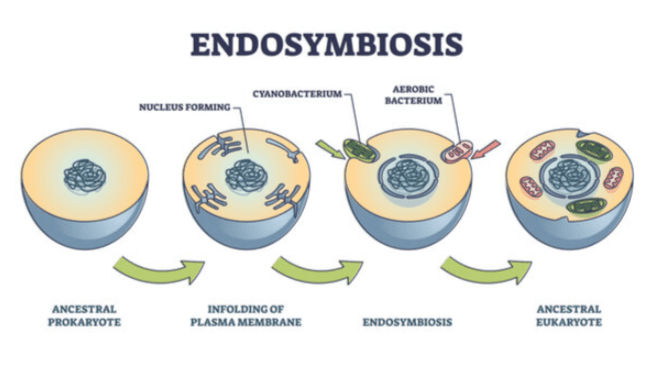Learning Through Art: Endosymbiont Theory

The Learning Through Art: Endosymbiont Theory offers a compelling framework for elucidating complex theories such as the Endosymbiont Theory, which posits a pivotal evolutionary relationship between eukaryotic cells and their organelles. Through various artistic mediums, intricate biological concepts can be transformed into engaging visual narratives that not only facilitate understanding but also stimulate creativity. This multidisciplinary approach raises important questions about the role of visual representation in scientific education and comprehension. As we explore this relationship further, one must consider how art can reshape our perception of scientific phenomena and their implications.
Understanding Endosymbiont Theory
Endosymbiont Theory, which has gained traction over the years, posits that certain organelles within eukaryotic cells, such as mitochondria and chloroplasts, originated from free-living prokaryotic organisms that entered into a symbiotic relationship with ancestral eukaryotic cells.
This groundbreaking concept underscores the significance of symbiotic relationships in cellular evolution, illustrating how cooperation among distinct life forms has shaped the complexity of life we observe today.
Artistic Mediums for Visualization
A variety of artistic mediums can effectively visualize the complex concepts underlying the Endosymbiont Theory, making them more accessible to diverse audiences.
Mixed media allows for the integration of textures and layers, enhancing understanding through tactile elements.
Meanwhile, digital illustration provides precision and adaptability, enabling the creation of intricate representations that can be easily shared and modified, fostering broader engagement with scientific ideas.
Read Also Janson’s History of Art: the Western Tradition Pdf
Examples of Art in Science
Art plays a significant role in the communication of scientific concepts, serving as a bridge between complex ideas and public understanding.
Scientific illustrations, such as detailed diagrams of cellular structures, exemplify this intersection of art and science.
These visual representations not only enhance comprehension but also encourage creative expression, making intricate scientific phenomena more accessible and engaging for diverse audiences.
Benefits of Learning Through Art
How can engaging with artistic methods enhance the learning experience?
Incorporating art into education fosters creative expression, allowing learners to explore concepts in innovative ways. This approach not only stimulates cognitive development but also encourages critical thinking and problem-solving skills.
Conclusion
In a world where mitochondria and chloroplasts are often overshadowed by more glamorous cellular components, embracing Learning Through Art: Endosymbiont Theory as a vehicle for understanding the Endosymbiont Theory offers a refreshing perspective. By transforming scientific concepts into vibrant visual narratives, the complexities of cellular evolution can be appreciated without the drudgery of dense textbooks. Ultimately, this artistic approach champions the idea that science, much like a well-mixed palette, thrives on collaboration and creativity—proving that even cells can have a colorful story to tell.



